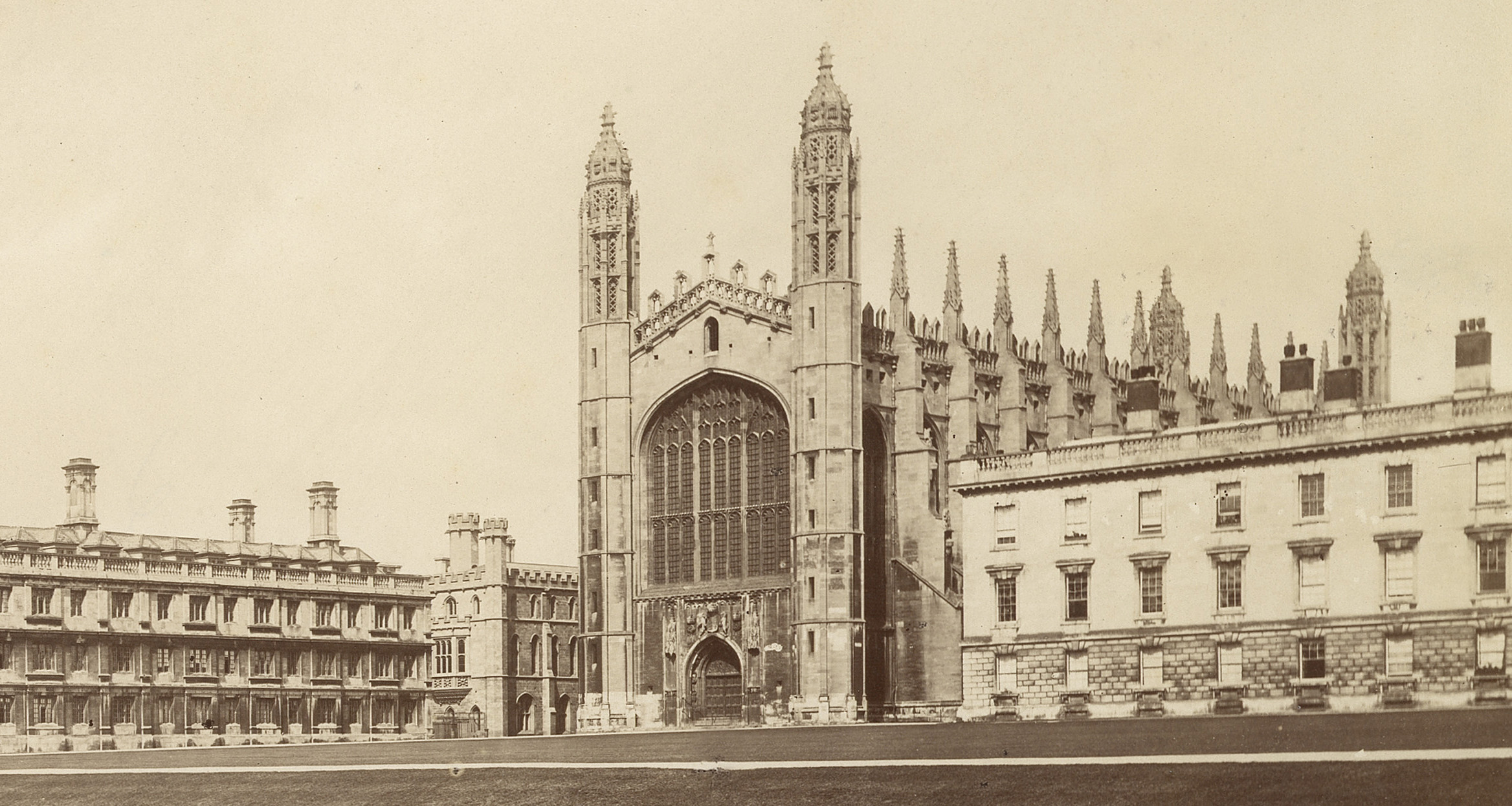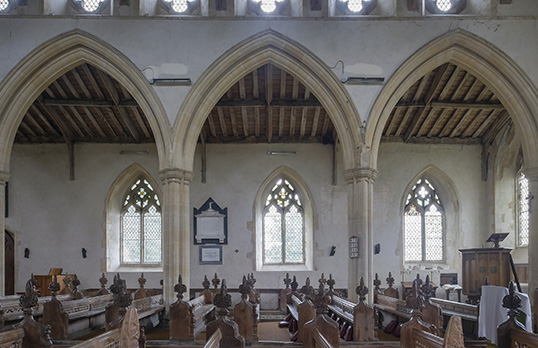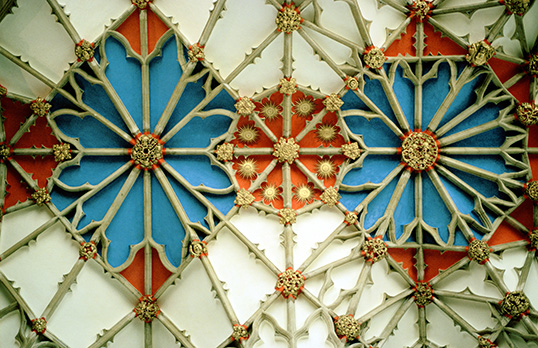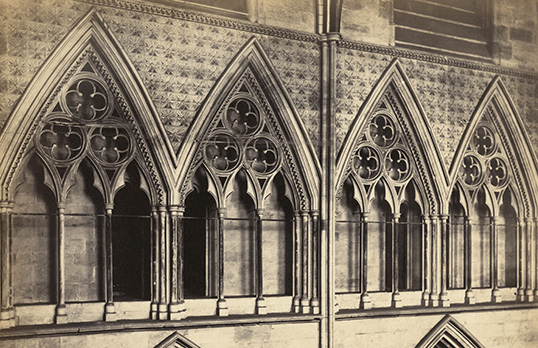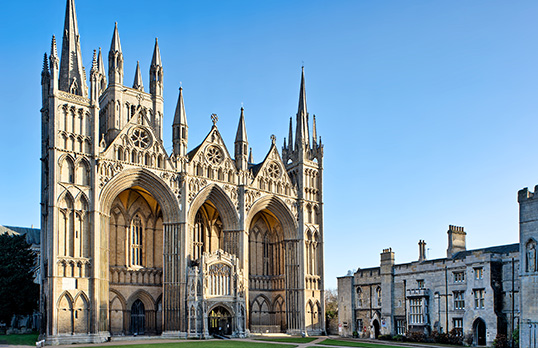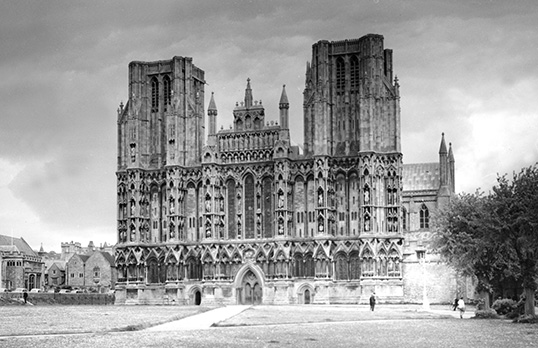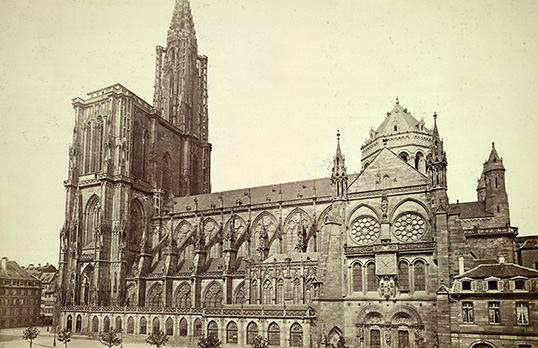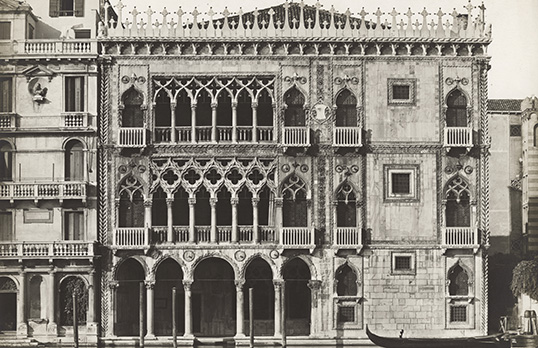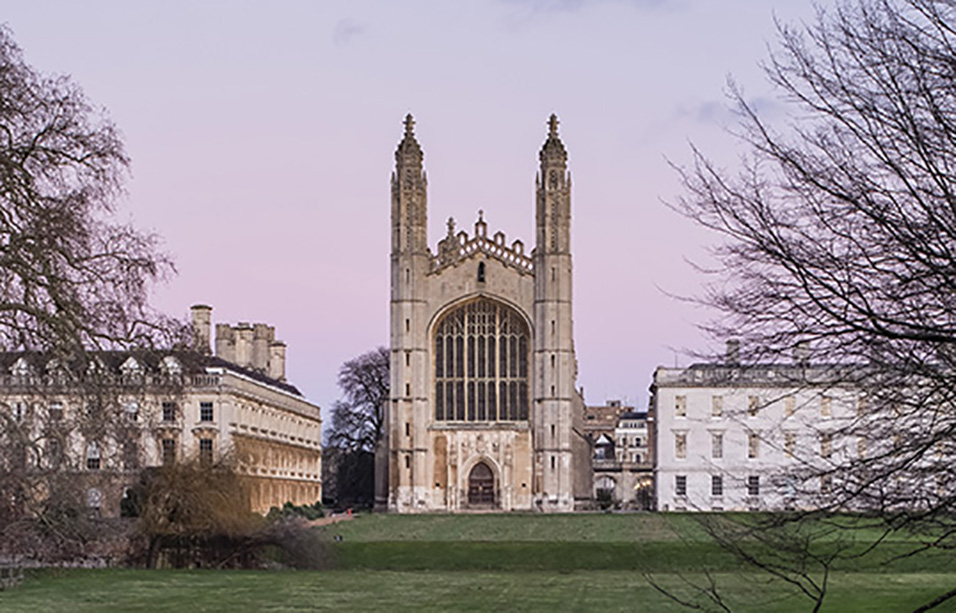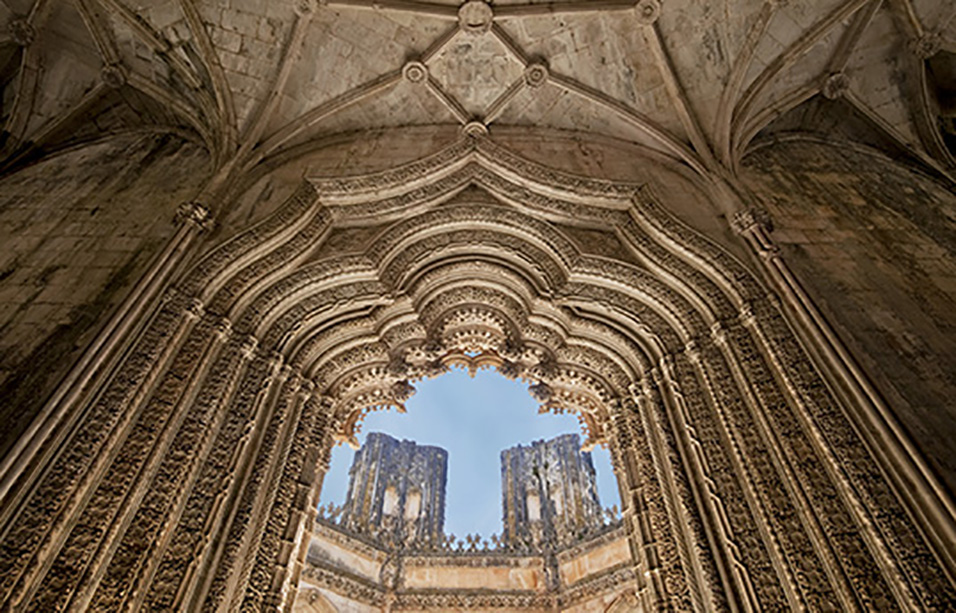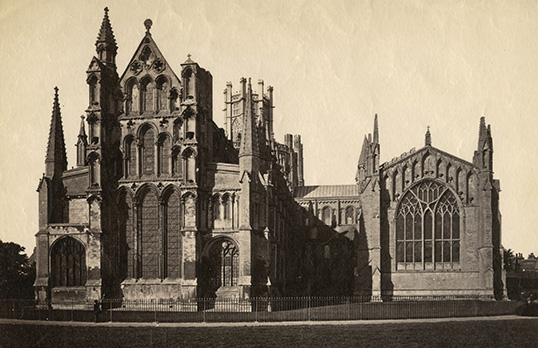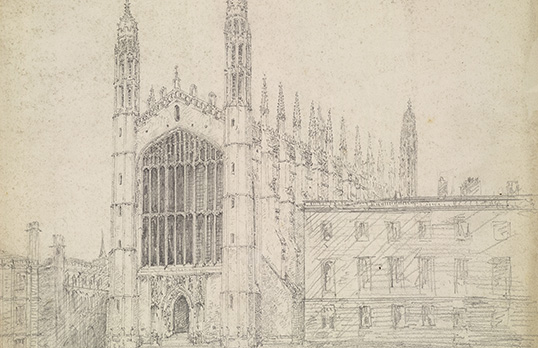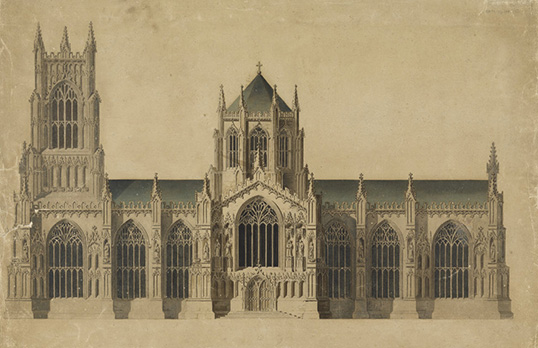Widespread throughout western Europe during the Middle Ages, this architectural movement lasted from the 12th to the early 17th century. Gothic is the architecture of the pointed arch, the rib vault, the flying buttress, window tracery, pinnacles, and spires. By the 15th century walls are reduced to a minimum by large arcades, huge windows, with an emphasis on verticality.
During the long building campaigns of the Middle Ages, the style evolved from simple pointed forms, with plain windows, to the highly elaborate vaults and decorative tracery seen from the 14th century.
Gothic is mostly dominated by church architecture during this period, but is also seen in collegiate architecture, notably at Oxford and Cambridge. At the same time, the role of the medieval architect or master mason develops from a mere stonemason in the early Middle Ages, to one of middling or higher rank during the more literate and sophisticated 15th century.
It was also complex and multifunctional, but fundamentally, the art of design and knowledge of craft was rooted in the practical tradition of the mason’s craft, dependent on separate skilled specialisms. As building was a collaborative and lengthy process, the individual contributions are often difficult to determine.

